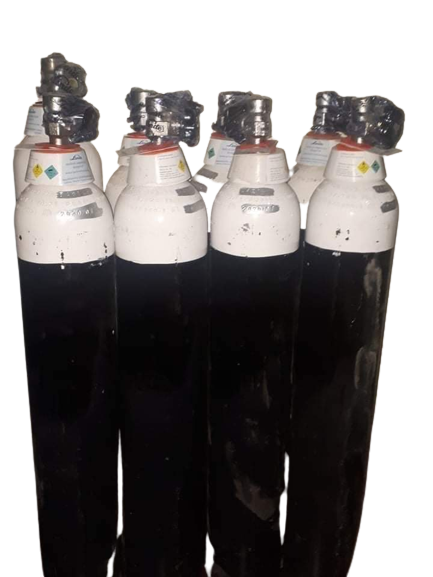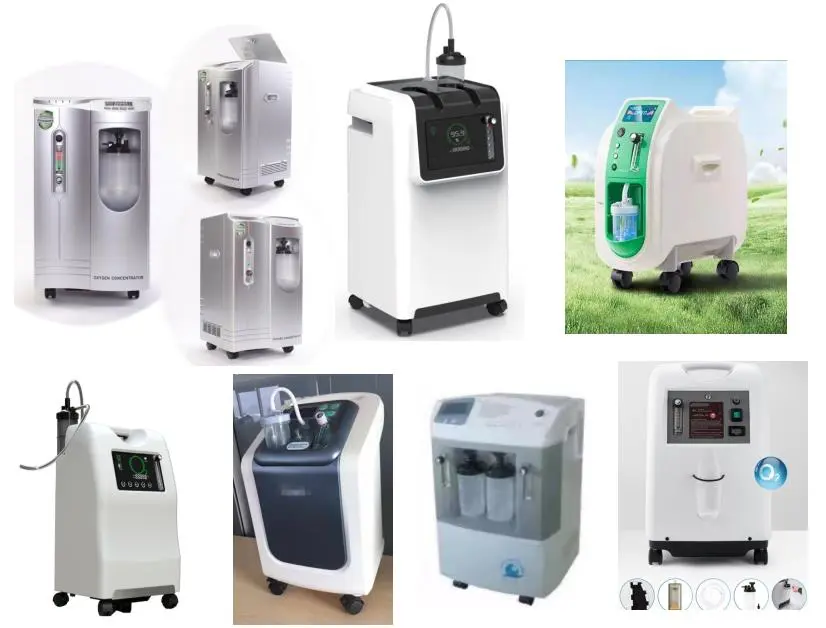

Present in every breath we take, oxygen is a lifeline for the functions of our body. For people living with conditions like Chronic Obstructive Pulmonary Disease (COPD), Asthma, and other respiratory illnesses, access to pure oxygen can make a significant difference in their comfort and overall health. That’s where oxygen concentrators come in, serving as an essential medical tool for many patients worldwide. This post seeks to illuminate what oxygen concentrators are, their various types, how they work, and their benefits.
The medical device designed to deliver purified oxygen to individuals requiring higher than ambient levels of oxygen is an oxygen concentrator. Ambient air contains about 21% oxygen, 78% nitrogen, and smaller percentages of other gases. An oxygen concentrator filters and purifies the air around us, separating nitrogen to provide high-density oxygen directly to the patient.
There are primarily two types of oxygen concentrators: portable and stationary.
Stationary Oxygen Concentrators: are often used in home settings for patients requiring a consistent and robust oxygen supply, particularly during sleep or rest periods. These units tend to have higher oxygen flow rates and are larger and heavier, ruling out their portability.
Portable Oxygen Concentrators are designed for active patients. They are lighter and smaller, with an option for battery power, making them ideal for travel. These units offer the freedom for users to continue their regular activities without the confinement in their homes.
Oxygen concentrators function based on a simple yet effective process:
Intake of air: The concentrator begins by taking in ambient air.
Air filtration and oxygen concentration: the absorbed air is passed through a series of filters that remove particulates and bacteria.
Delivery of oxygen: a nasal cannula or face mask delivers the purified oxygen at a constant rate
Consistency – Oxygen concentrators provide consistent oxygen levels over prolonged periods, significantly increasing user comfort and health.
Convenience – These devices eliminate the need for manual refill systems, like oxygen tanks, and offer unlimited, on-demand oxygen supply as long as power is available.
Cost-Effectiveness – Although the upfront cost of an oxygen concentrator can be higher, over the long term, they are often more cost-effective than the repeated costs of refilling oxygen cylinders.
Portability – Portable oxygen concentrators allow users to maintain their active lifestyles and mobility, giving them greater freedom in their daily lives.
Oxygen concentrators are indispensable tools that deliver life-sustaining oxygen therapy to those who need it, be it at home or on the go. While there can be initial hesitations due to purchase price, the long-term benefits typically outweigh this concern. With the world’s growing focus on healthcare, the importance and demand for such devices continue to rise, helping individuals globally breathe a little easier. Always consult with your healthcare provider to select the best concentrator that fits your needs.
We use cookies to enhance your browsing experience, serve personalized ads or content, and analyze our traffic. By clicking "Accept All", you consent to our use of cookies.